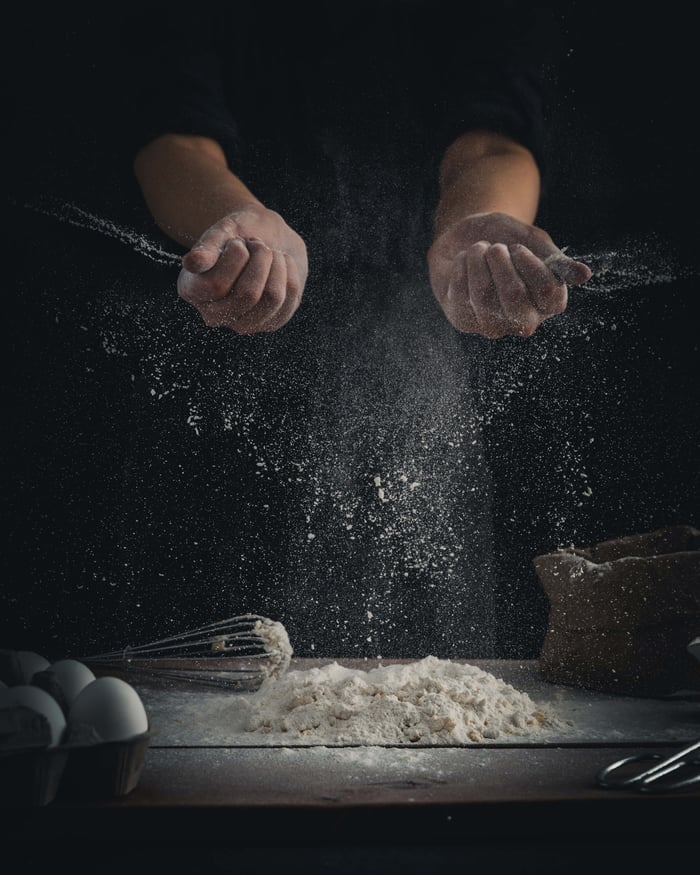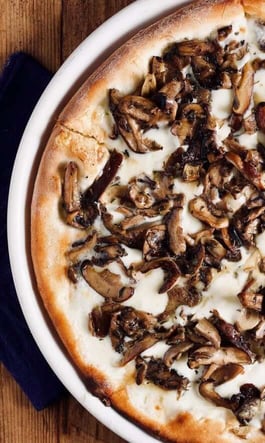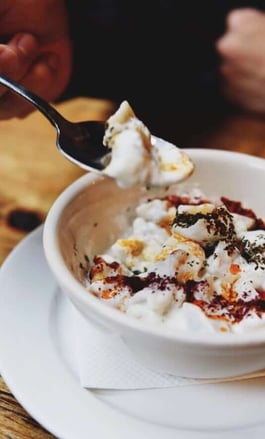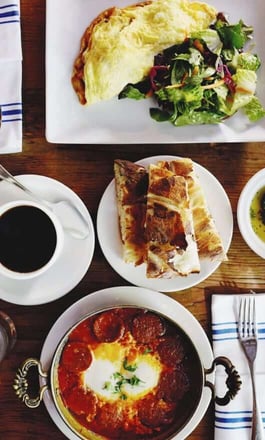Borek: Savory Pastry with Pistachios and Spiced Beef
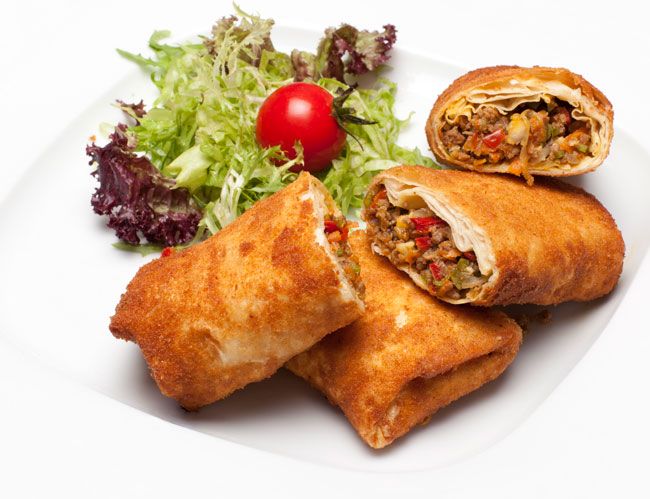
This borek recipe features spiced lamb with pistachio nuts wrapped in a crispy filo pastry shell.
Borek is a Turkish dish which is made by wrapping thin loaves called yufka, or filo pastry around a filling of your choice, and then cooking it. The resulting savory pastry is always referred to as borek, although there can be a wide variety of fillings stuffed into the pastry shells.
Its origins are thought to be from Anatolia, which is situated in the central region of modern-day Turkey. During the years of the Ottoman Empire, it spread far and wide and has long since become a traditional food enjoyed well beyond the borders of the original Anatolian region.
Modern Version of Borek
In ancient times, those pastry shells would literally take hours to roll out to the desired level of thinness, and it was considered something of an art form. However, some of that art has been lost on modern Turkish society, and today it’s more common to simply buy those pastry shells and bypass the most difficult part of the process. Many market vendors around Turkey today sell the large, circular shells which are ideal for use in making borek, or you can purchase the same kind of filo pastry shells which are used in the making of baklava.
Making it in this modern way produces a borek which is slightly flakier than traditional borek, along with being a little thinner, and according to many people, a little more delicious as well. It’s very well-suited to including a spiced meat filling to make a savory and aromatic dish that is irresistible to the Turkish pallet. Many people get very creative with the fillings they put in their borek, adding various spices for sweetness or tanginess, some dried fruits, and even some chopped nuts to add a crunchiness.
Borek works very well as a special treat for lunchtime or as a dinner entrée, and many people have gotten into the habit of taking it on the go, as a great snack between meals. It’s often served along with a salad to provide complementary dishes to make up a full meal.
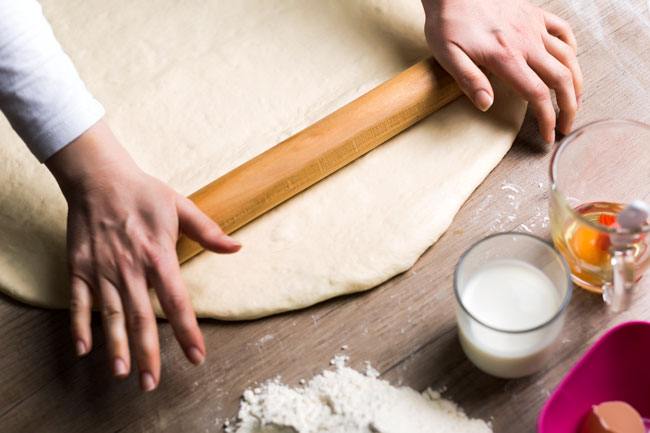
Filo dough must be pressed very thin to achieve the desired consistency for traditional borek.
The Modern Casual Recipe for Making Borek
The following recipe yields around 12 borek rolls, which would serve between two and four people, depending on the availability of side dishes, and how hungry everyone is.
For the Borek:
- 1 egg
- 100 mL of whole milk
- 100 mL of yogurt
- 100 mL of olive oil
- 12 sheets of filo pastry
- Nigella seeds or sesame seeds
For the Filling:
- Salt and pepper
- 2 tablespoons of butter
- 2 tablespoons of flat-leaf parsley chopped up to a fine consistency
- 1/4 teaspoon of ground ginger
- 1/4 teaspoon of ground cinnamon
- 1 teaspoon of ground coriander
- 1/2 teaspoon of paprika
- 1/2 teaspoon of ground allspice
- 1/2 teaspoon of ground cumin
- 1 teaspoon of Turkish red pepper flakes
- 300 g of minced beef or lamb
- 30 g of pistachios chopped to a rough consistency
- 1 dried apricot chopped up
- 1 onion chopped up to a fine consistency
- 2 tablespoons of olive oil
Preparation of the Borek
To start your preparations, preheat the oven to 355°F. Use a medium-size saucepan to sauté your onion with olive oil over medium heat. Stir the onions regularly until they are slightly brown, for about 15 minutes. Make sure you avoid burning because this will add an unpleasant flavor. Increase the heat slightly and add in your meat, breaking it up into smaller pieces as it becomes more tender and more cooked. After the meat has been entirely cooked, you can add in the apricot, spices, and pistachios. Fry this mixture for about three minutes, while continuing to stir regularly. Add your spices, remove the pan from the stovetop, and then mix in the parsley and the butter.
In a medium-sized bowl, whisk the olive oil and the egg. Once this has been completely blended, you can also whisk the yogurt in with the mixture, and lastly, add the milk. Get out a baking sheet, and line it with baking parchment. Take out your filo pastry and cover it with a cloth which has been dampened, because it has a tendency to dry out very quickly. If you don’t remember to do this step, you may find that your filo pastry dries out too much and begins to flake away before you can add the filling.
Now take two sheets of pastry and stack one on top of the other with as much precision as you can. These two sheets should be approximately 38 cm x 32 cm. Cut the sheets down the middle in a lengthwise cut, leaving two double sheets which are approximately sized 38 cm x 16 cm. On each of these, spread around 1 tablespoon of the egg mixture, taking care that your filo pastry is completely moistened on top. Make sure it hasn’t been moistened all the way through though, or that will cause problems later.
Add about 1 tablespoon of the filling at the short end of the sheet, which should be the end furthest away from you. Now roll up the sheet until all of the filling is covered. When you’ve finished rolling, fold in the sides and then complete the rolling process by going all the way to the end of the sheet.
Place this entire roll on the baking parchment, making sure that the side with the seam faces downward. Repeat this whole process as needed until you have no more filling. Brush each of the borek rolls lightly with the prepared egg mixture, using only enough to make them nicely moistened. Sprinkle a few sesame seeds or Nigella seeds on top, and roast all the rolls until they are golden brown, which should take about 40 minutes. Let the rolls stand for a few minutes before serving.


